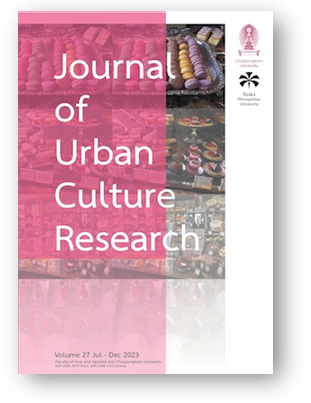Animation for Anxiety Alleviation in Pediatric Cancer Patients During Venipuncture in the Hospital
DOI:
https://doi.org/10.14456/jucr.2023.34Keywords:
Animation; Anxiety; Pediatric; Cancer; HospitalAbstract
This preliminary study focused on the use of animation to reduce anxiety among pediatric cancer patients undergoing venipuncture in the hospital. It was conducted on 30 pediatric cancer patients aged 5-9 years. The Pretest- Posttest study method was applied in which the level of anxiety was measured before and after viewing the film and then it was analyzed to determine whether the animation could help relieve anxiety in the study population. The results demonstrated that with the use of the animation with visual fantasy in which a monster symbolized the pain young patients must endure during blood draws and a positive mindset toward such procedures were presented, 20 and 25 patients felt comfortable before and after viewing the animation, respectively. Four patients felt slightly anxious before and after the film. Two patients felt uneasy before viewing while no patients did after viewing. One patient experienced a high anxiety level before and after the animation. In addition, one patient was most nervous before, whereas none was after the viewing. It was concluded that by presenting the stories with a positive perspective and using symbols in the visual fantasy style, animation films can relieve anxiety in pediatric cancer patients undergoing blood sampling.
Downloads
Published
How to Cite
Issue
Section
License

This work is licensed under a Creative Commons Attribution-NonCommercial-NoDerivatives 4.0 International License.
Authors authorize the JUCR to publish their materials both in print and online while retaining their full individual copyright. The copyright of JUCR volumes is retained by Chulalongkorn University.
The views and opinions expressed herein are those of the individual author(s) and do not necessarily reflect the policies or opinions of the Journal (JUCR), it editors and staff, Chulalongkorn University, or Osaka Metropolitan University.








